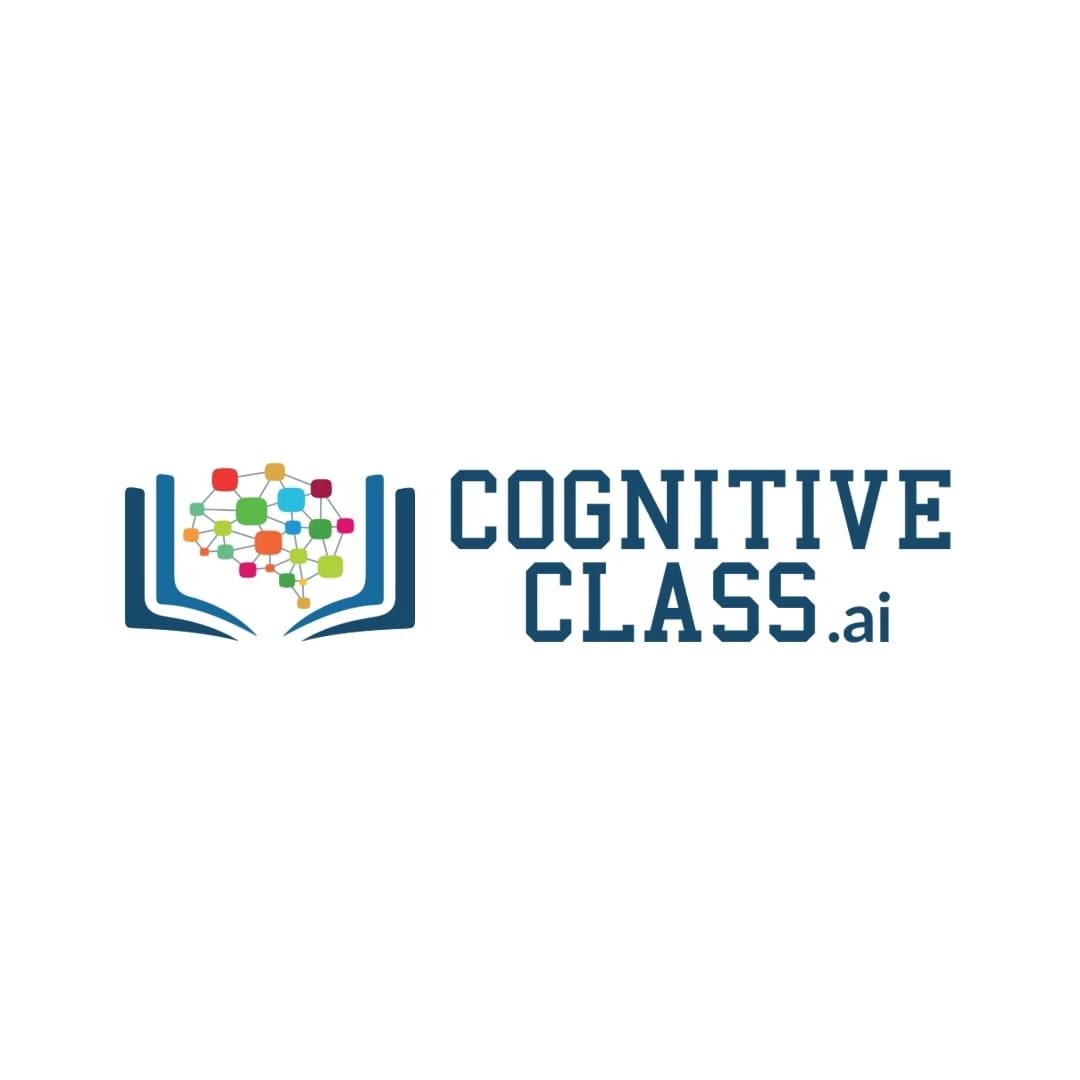Deep Learning with TensorFlow
Dive into deep learning with TensorFlow. Learn how to build, train, and evaluate neural networks using one of the most popular frameworks for deep learning. Understand key concepts like backpropagation, activation functions, and optimization techniques.
At a Glance
Majority of data in the world are unlabeled and unstructured data, for instance images, sound, and text data. Shallow neural networks cannot easily capture relevant structure in these kind of data, but deep networks are capable of discovering hidden structures within these data. In this course, you will use TensorFlow library to apply deep learning on different data types to solve real world problems.
About This Course
Traditional neural networks rely on shallow nets, composed of one input, one hidden layer and one output layer. Deep-learning networks are distinguished from these ordinary neural networks having more hidden layers, or so-called more depth. These kind of nets are capable of discovering hidden structures within unlabeled and unstructured data (i.e. images, sound, and text), which consitutes the vast majority of data in the world.
TensorFlow is one of the best libraries to implement deep learning. TensorFlow is a software library for numerical computation of mathematical expressional, using data flow graphs. Nodes in the graph represent mathematical operations, while the edges represent the multidimensional data arrays (tensors) that flow between them. It was created by Google and tailored for Machine Learning. In fact, it is being widely used to develop solutions with Deep Learning.
In this TensorFlow course, you will be able to learn the basic concepts of TensorFlow, the main functions, operations and the execution pipeline. Starting with a simple “Hello Word” example, throughout the course you will be able to see how TensorFlow can be used in curve fitting, regression, classification and minimization of error functions. This concept is then explored in the Deep Learning world. You will learn how to apply TensorFlow for backpropagation to tune the weights and biases while the Neural Networks are being trained. Finally, the course covers different types of Deep Architectures, such as Convolutional Networks, Recurrent Networks and Autoencoders.
Course Syllabus
Module 1 – Introduction to TensorFlow
- HelloWorld with TensorFlow
- Linear Regression
- Nonlinear Regression
- Logistic Regression
- Activation Functions
Module 2 – Convolutional Neural Networks (CNN)
- CNN History
- Understanding CNNs
- CNN Application
Module 3 – Recurrent Neural Networks (RNN)
- Intro to RNN Model
- Long Short-Term memory (LSTM)
- Recursive Neural Tensor Network Theory
- Recurrent Neural Network Model
Module 4 – Unsupervised Learning
- Applications of Unsupervised Learning
- Restricted Boltzmann Machine
- Collaborative Filtering with RBM
Module 5 – Autoencoders
- Introduction to Autoencoders and Applications
- Autoencoders
- Deep Belief Network
Recommended skills prior to taking this course
- Neural Network
Requirements
- Python programming
Course Staff

Saeed Aghabozorgi, PhD is a Data Scientist in IBM with a track record of developing enterprise level applications that substantially increases clients’ ability to turn data into actionable knowledge. He is a researcher in data mining field and expert in developing advanced analytic methods like machine learning and statistical modelling on large datasets.
Course Development Team
Thanks to course developement team, interns and all individuals contributed to the development of this course: Kiran Mantri, Shashibushan Yenkanchi, Jag Rangrej, Naresh Vempala, Walter Gomes, Anita Vincent, Gabriel Sousa, Francisco Magioli, Victor Costa, Erich Sato, Luis Otavio and Rafael Belo.






There are no reviews yet.